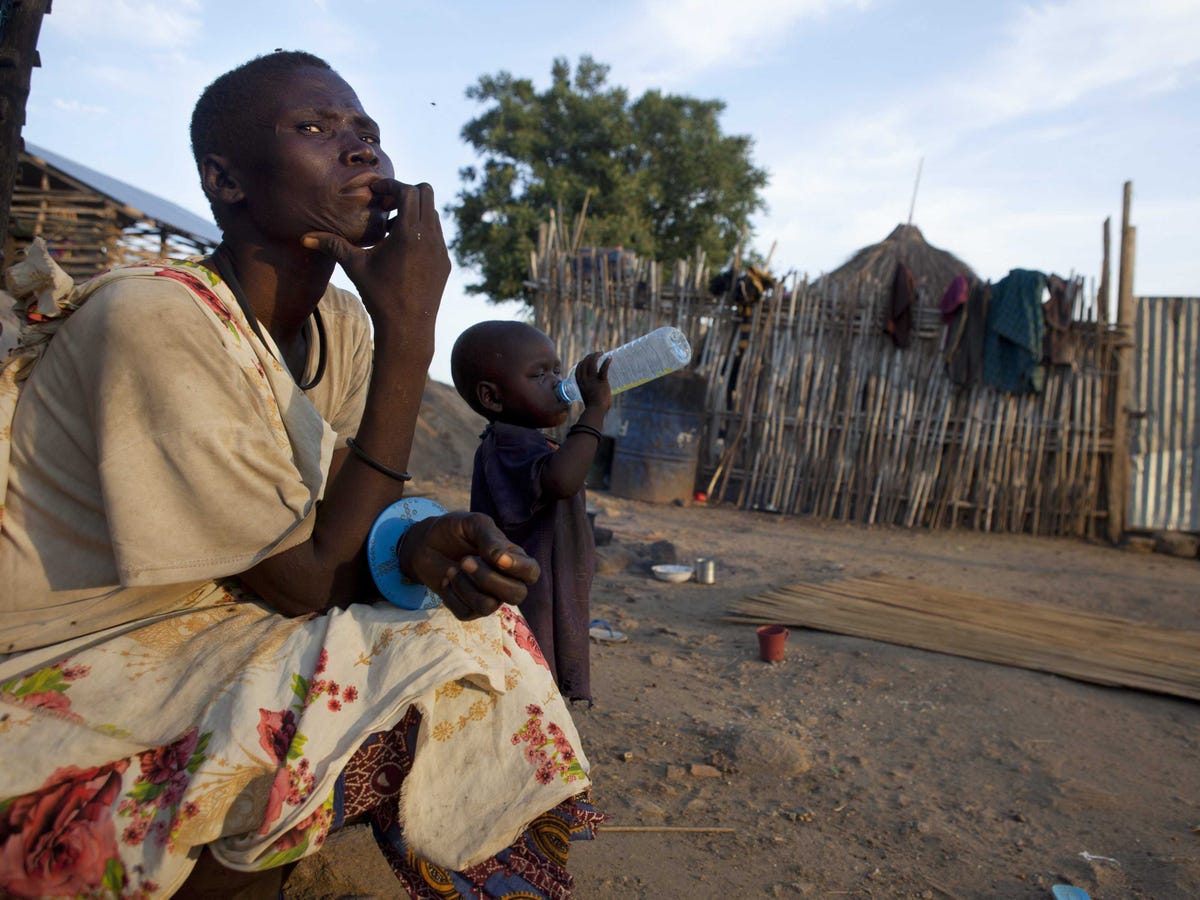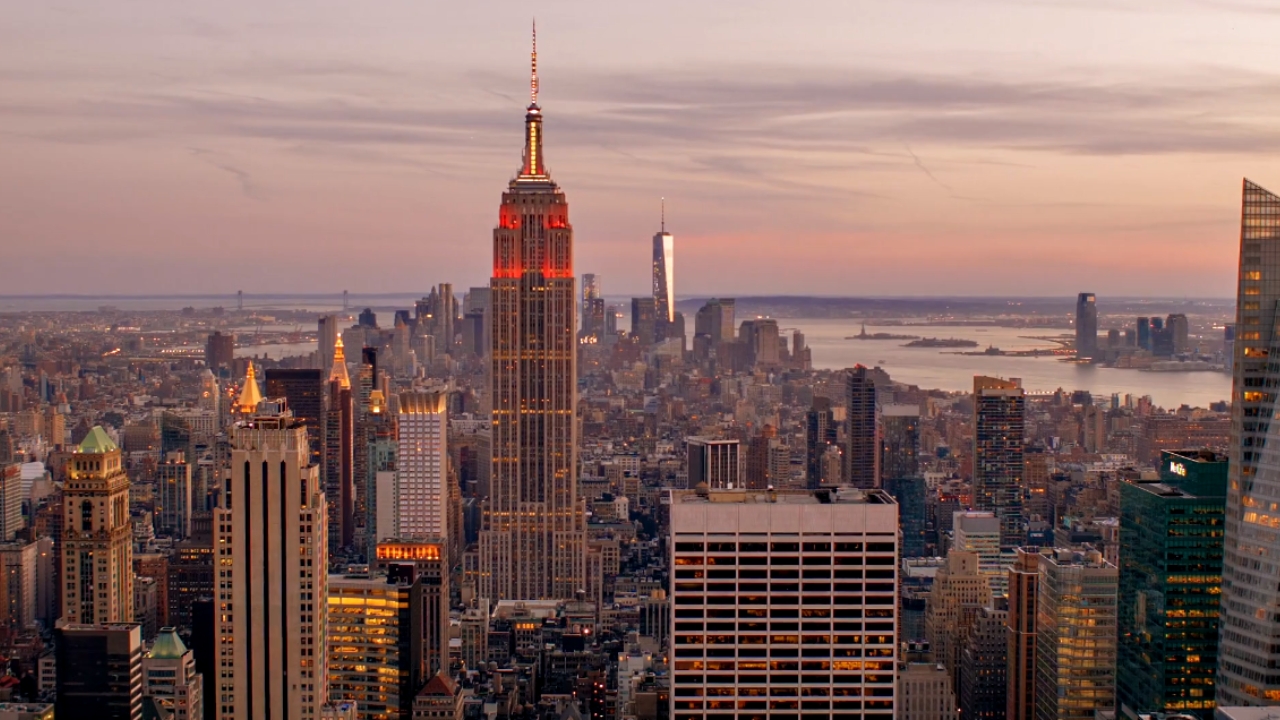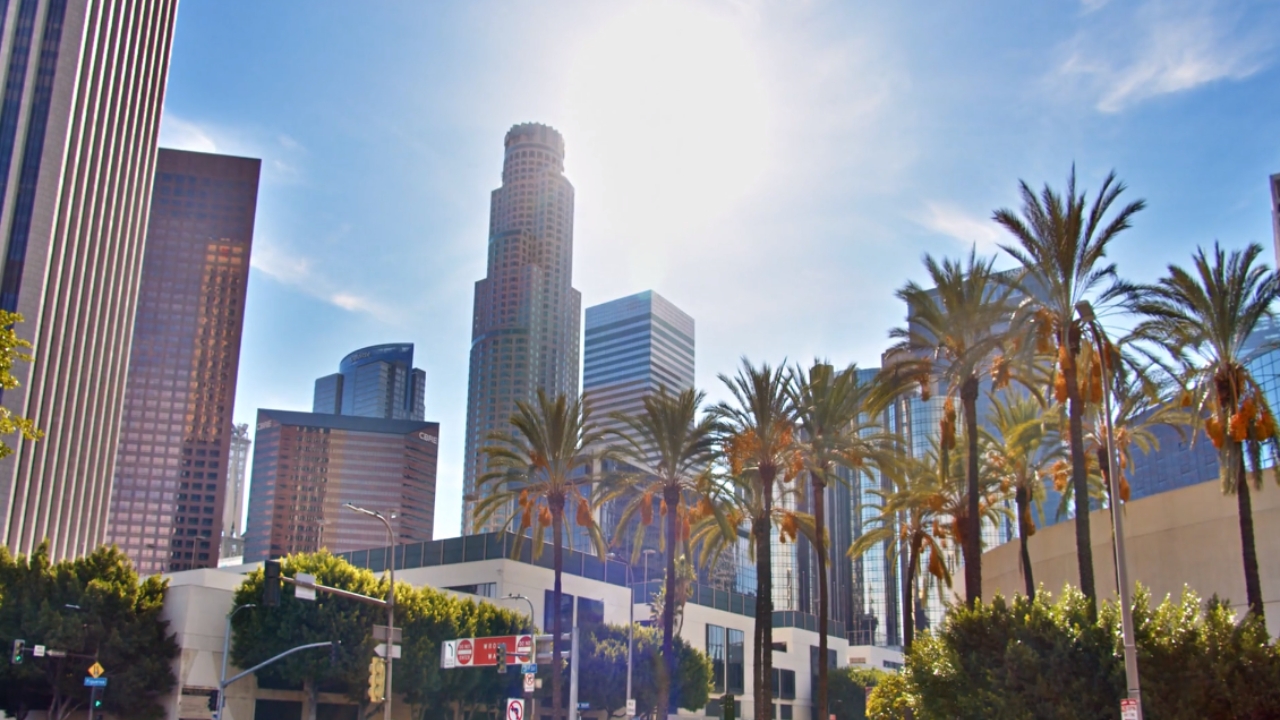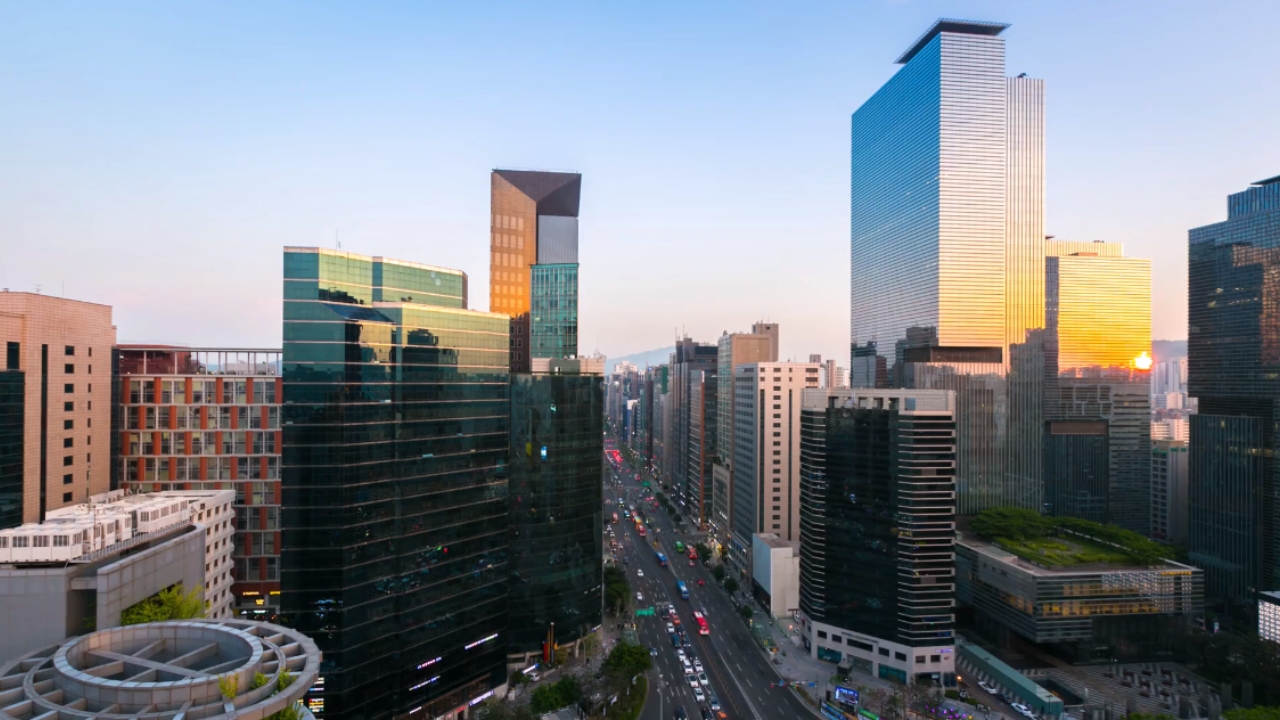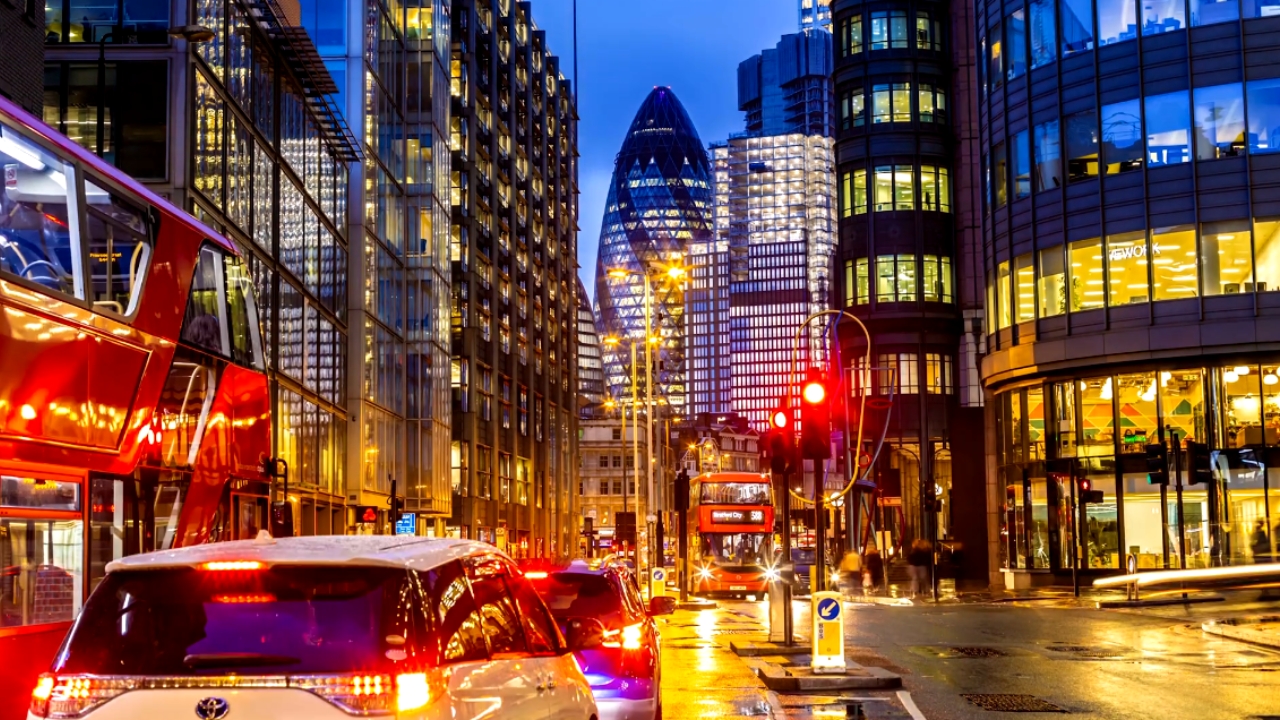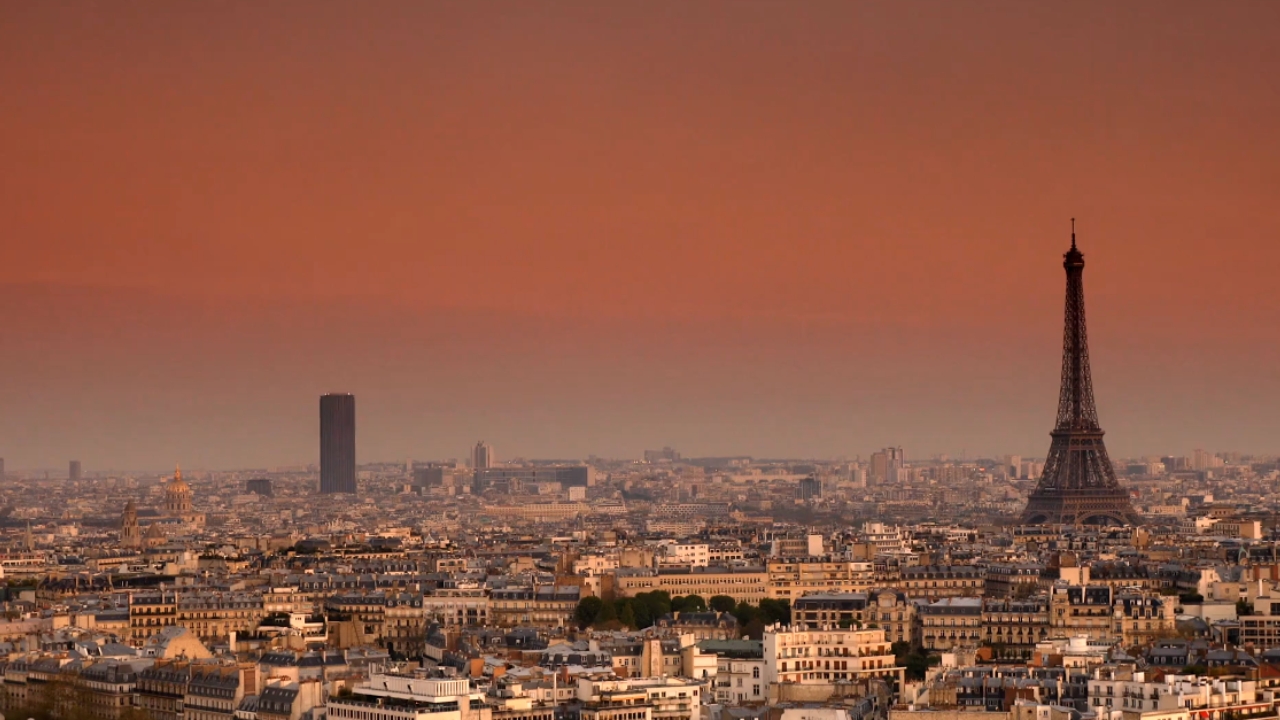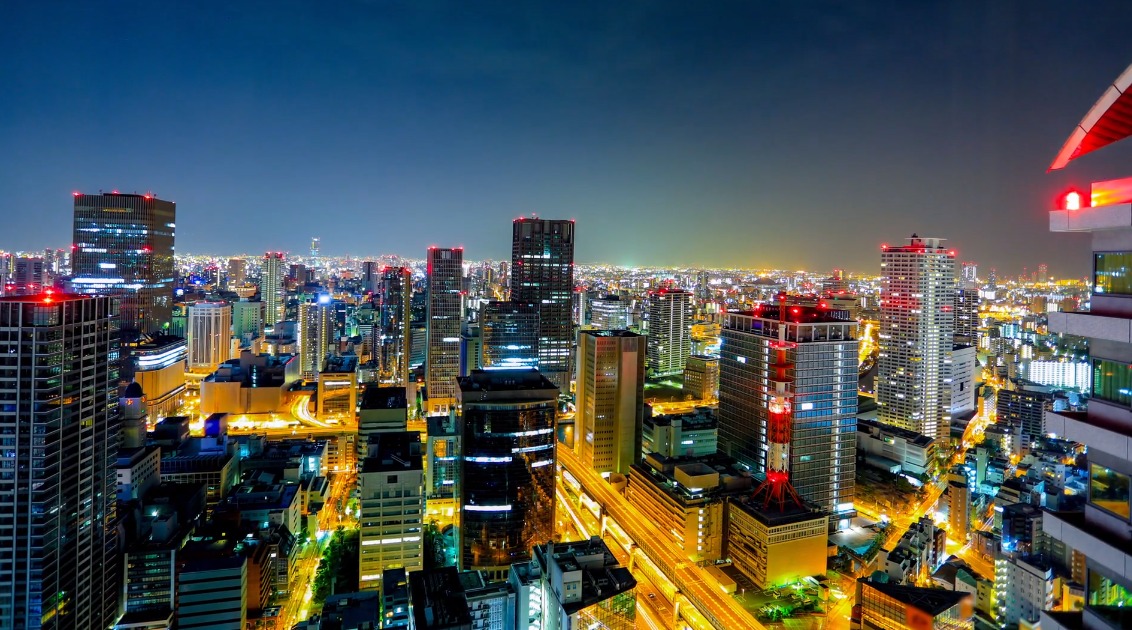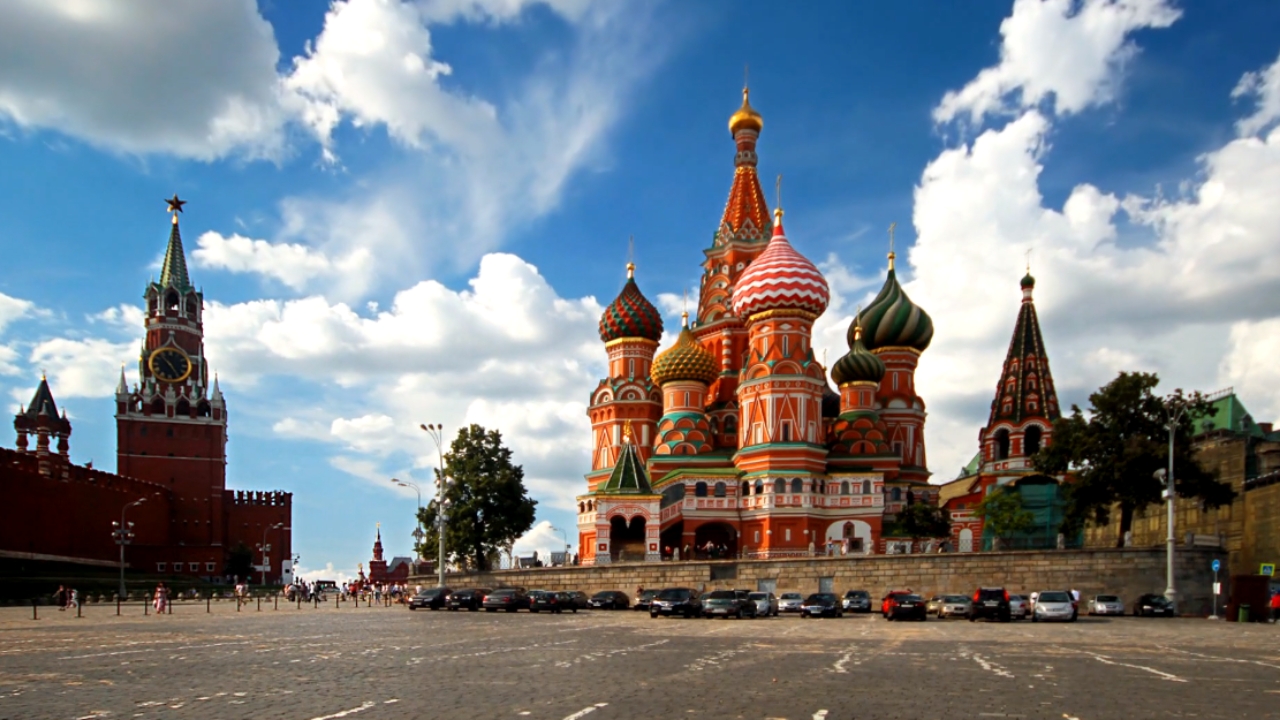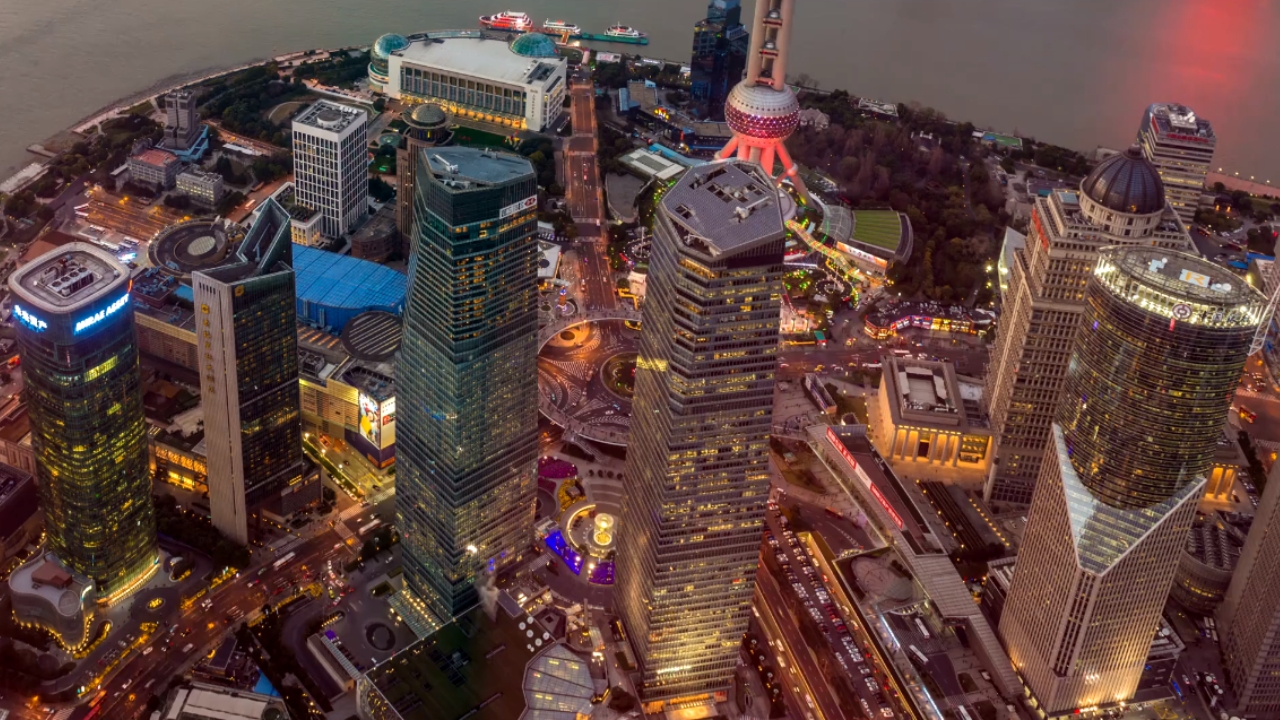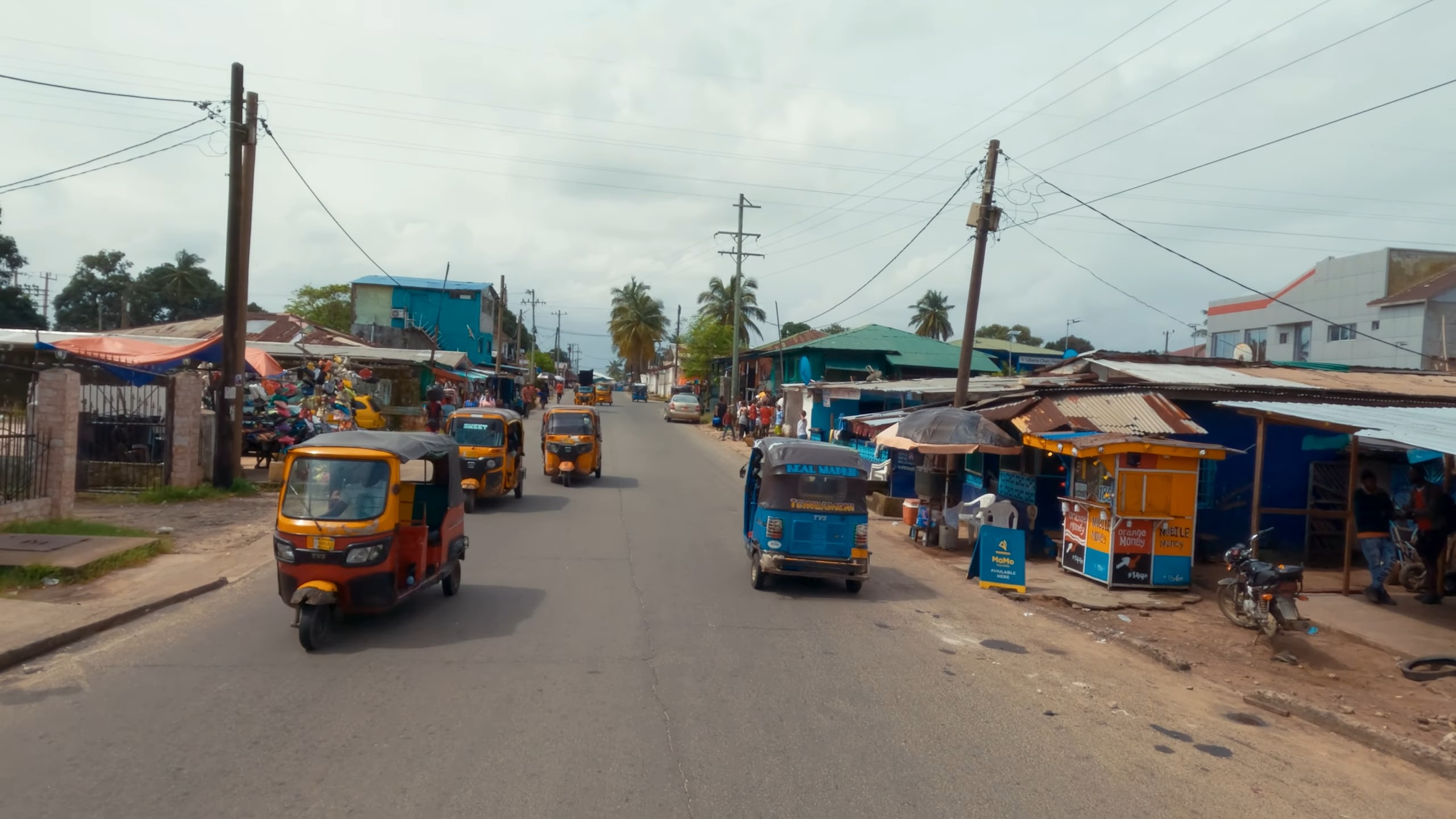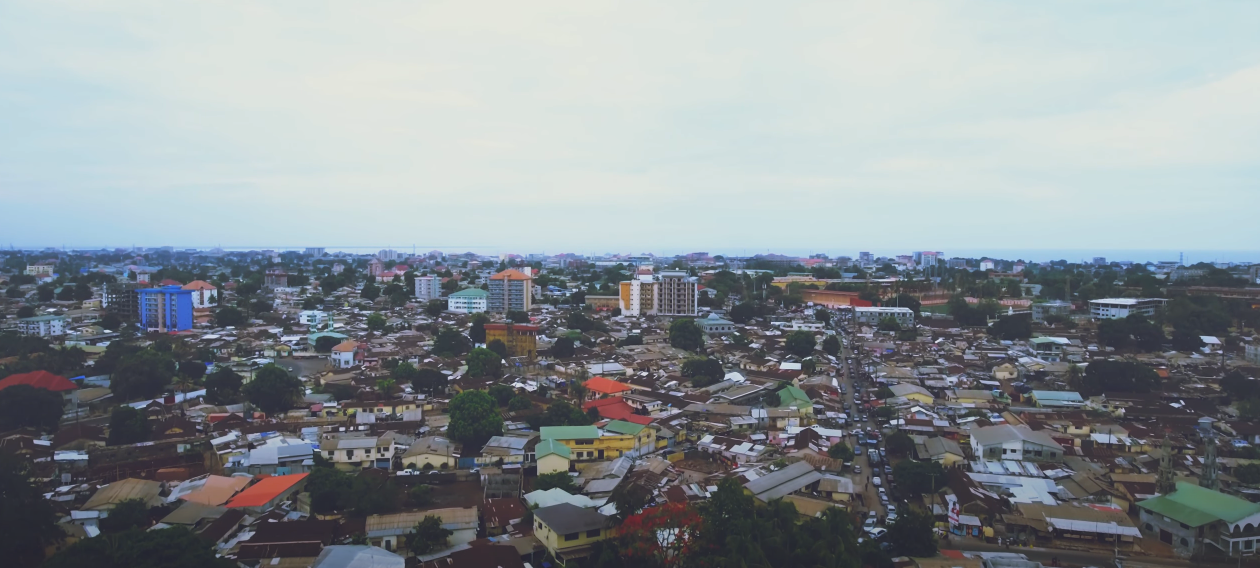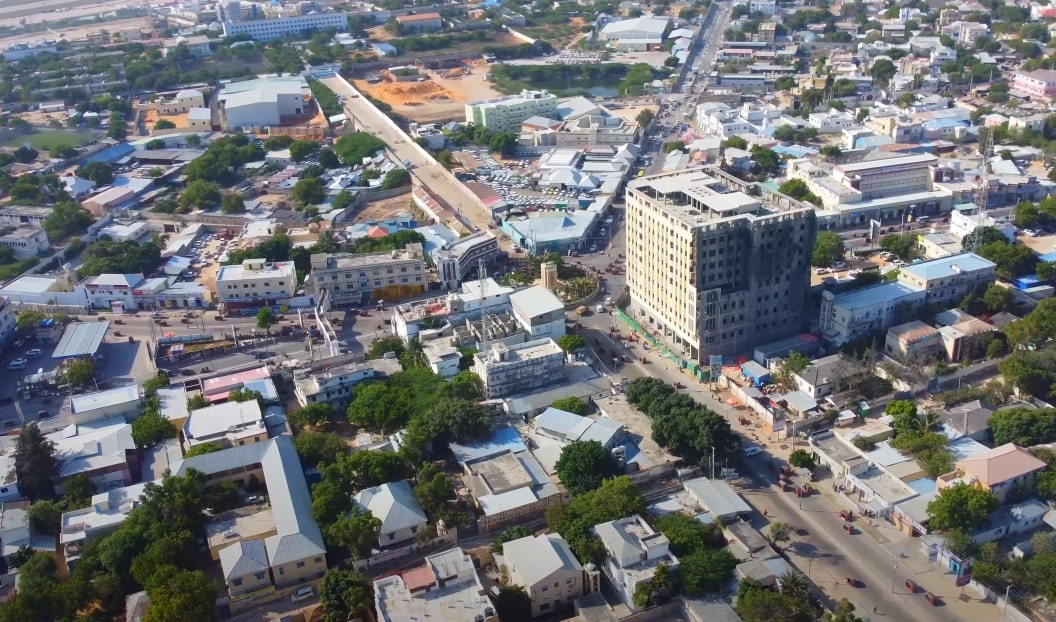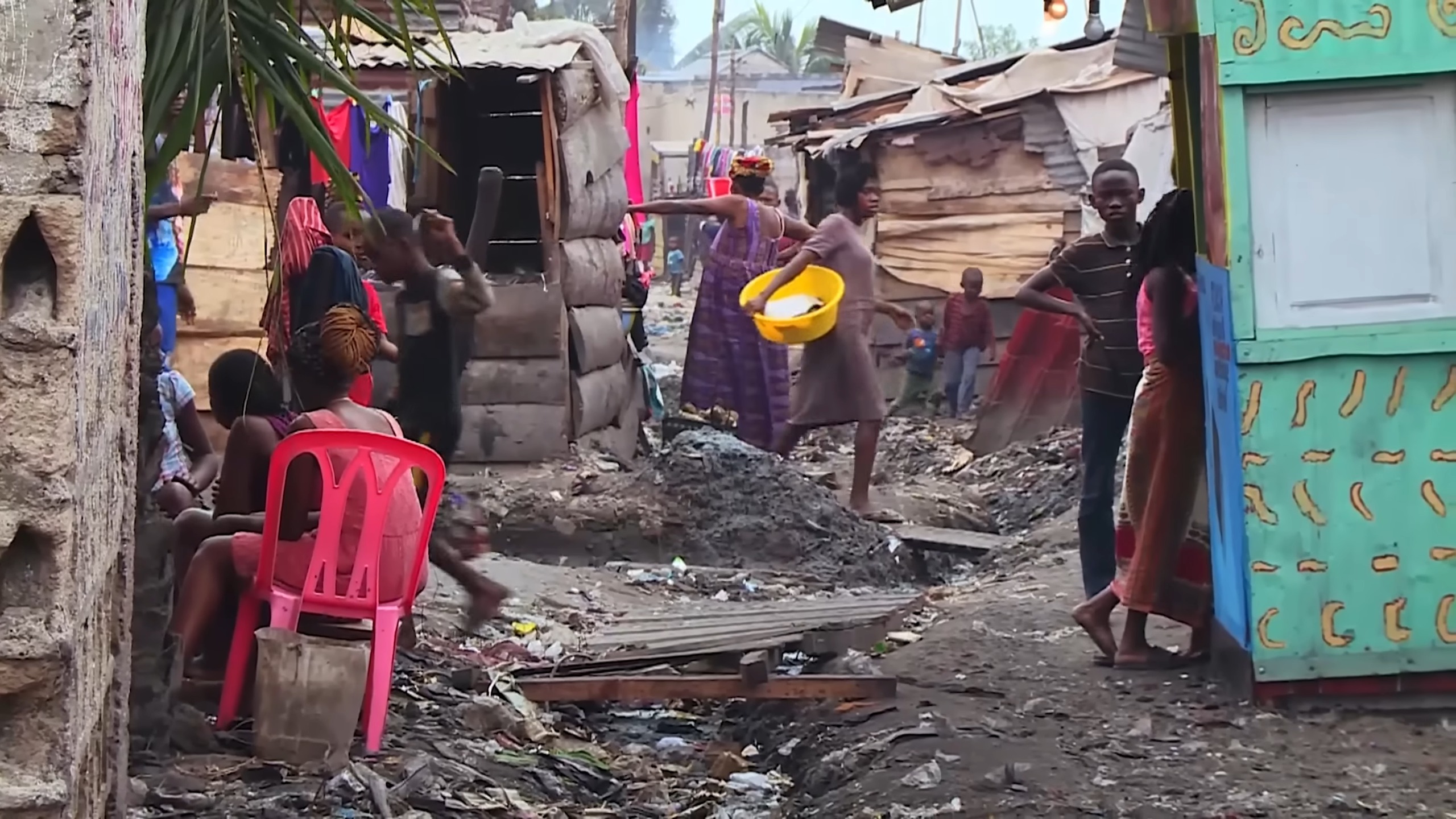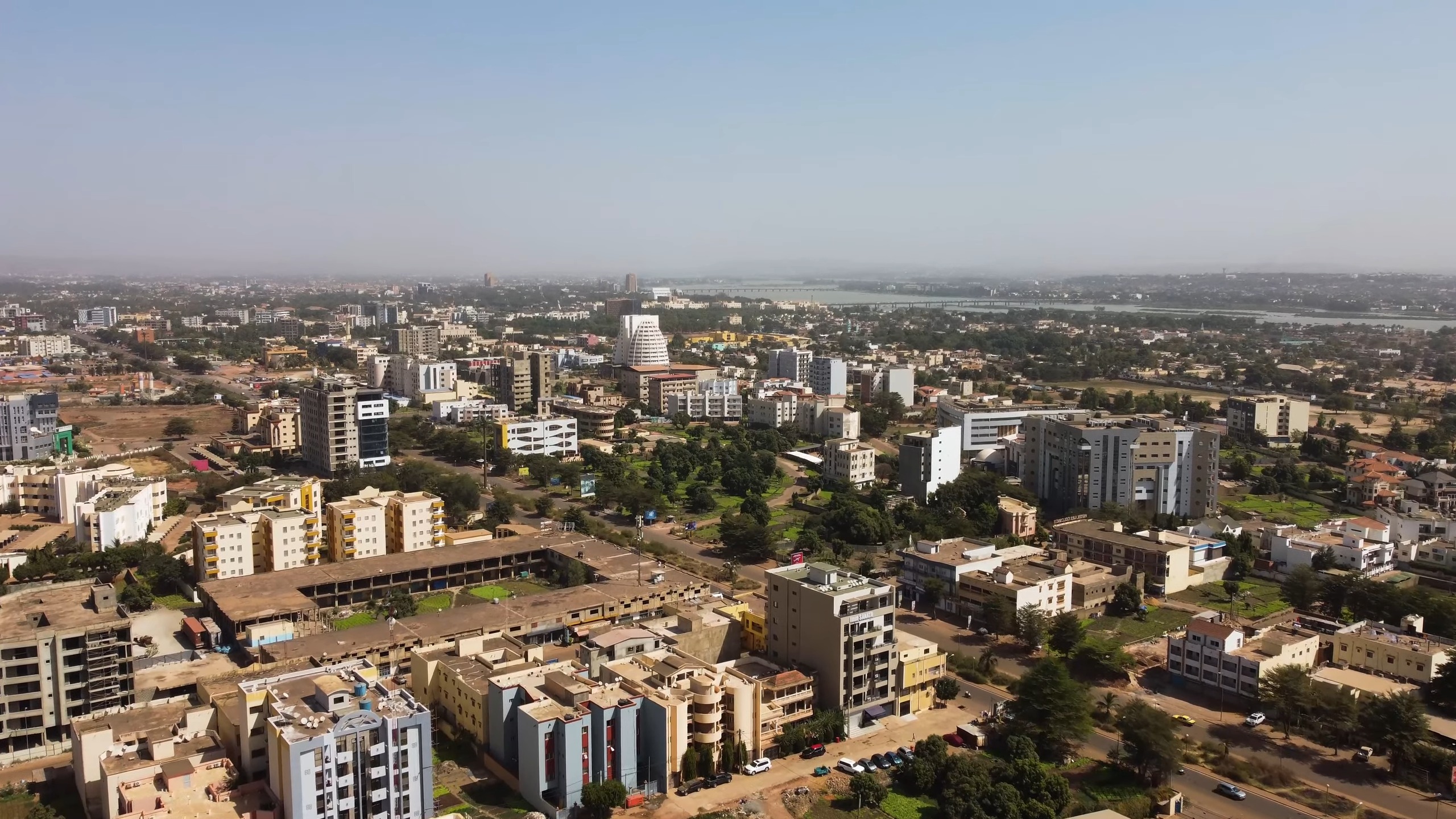The world is a vast place, with cities that boast immense wealth and others that grapple with extreme poverty. As we journey through 2024, it’s essential to understand the economic disparities that exist. This article gets into the ten richest cities globally, based on their Gross Domestic Product (GDP), and contrasts them with their less affluent counterparts. Let’s embark on this enlightening journey.
While cities like Tokyo and New York dominate in terms of GDP, it’s intriguing to note that there are countries, as highlighted in our list of cheapest countries to live in, where one can experience a rich culture and lifestyle without the associated high living costs
Richest Cities in the World
1. Tokyo, Japan
- GDP: $1,520 billion
Tokyo, the bustling capital of Japan, stands tall as the richest city in the world in 2024. Home to a staggering 13.1 to 13.7 million people, Tokyo is the planet’s largest urban economy. As the industrial, cultural, and scientific core of Japan, Tokyo houses some of the world’s most renowned companies. Alongside New York and London, it’s recognized as a leading global financial hub.
Key Insights
-
- Tokyo is the world’s largest urban economy.
- It’s home to globally recognized companies and is a major financial center.
2. New York, USA
- GDP: $1,210 billion
The iconic New York City, with its diverse economy spanning art, finance, medicine, fashion, media, and more, claims the second spot. With a population of about 8.6 million people, the city’s average salary exceeds $60,000 a year. Dynamic, vibrant, and teeming with attractions and opportunities, New York remains a magnet for people worldwide.
Key Insights
-
- New York’s economy is multifaceted, encompassing various industries.
- The city boasts an average salary of over $60,000 annually.
3. Los Angeles, USA
- GDP: $789.7 billion
Los Angeles, often dubbed the “City of Angels,” is the third richest city globally. With a population just over 4 million, its budget revenues are generated from diverse sectors like tourism, medicine, IT, scientific research, finance, movies, and music. As the epicenter of American pop culture, Los Angeles continues to influence global trends.
Key Insights
-
- Los Angeles is a major hub for the entertainment industry.
- The city plays a pivotal role in shaping global pop culture.
4. Seoul, Republic of Korea
- GDP: $779.3 billion
Seoul, the vibrant capital of the Republic of Korea, is a nexus of culture, finance, science, and politics. With a population ranging between 10.6 to 10.9 million, including about 360,000 foreigners, Seoul is a bustling metropolis. The city is home to the headquarters of global giants like Kia, Hyundai, Samsung, and LG Electronics, offering employment to tens of thousands of specialists.
Key Insights
-
- Seoul is a major hub for global corporations and technological innovation.
- The city’s economy is bolstered by giants like Samsung and Hyundai.
5. London, England
- GDP: $731.2 billion
London, with its rich history and cosmopolitan charm, is one of the world’s most visited cities. Annually, over 19 million tourists flock to the British capital. With a population of about 9.2 million, London stands as the European largest city and a pivotal center for trade, finance, and international business. Its allure attracts hundreds of thousands seeking employment opportunities.
Key Insights
-
- London is a major global tourist destination and business hub.
- The city’s economy is diverse, with strengths in finance, trade, and culture.
6. Paris, France
- GDP: $669.2 billion
Paris, often referred to as “The City of Love,” is not just renowned for its romantic allure but also its significant financial prowess. Widely regarded as one of the world’s most beautiful cities, Paris’s economy is heavily influenced by the tourism industry, contributing to nearly 25% of France’s GDP. With a population of about 2.2 million, Paris remains a beacon of art, fashion, and culture.
Key Insights
-
- Paris’s economy is significantly driven by the tourism industry.
- The city is a global center for art, fashion, and culinary delights.
7. Osaka, Japan
- GDP: $654.8 billion
Osaka, one of Japan’s oldest cities, holds a commendable seventh position among the world’s richest cities. Serving as the commercial, shipping, industrial, transport, and communication hub of western Japan, Osaka’s economic strength is undeniable. With a population exceeding 2.6 million, the city’s historical significance blends seamlessly with its modern economic vigor.
Key Insights
-
- Osaka is a major commercial and industrial hub in western Japan.
- The city’s rich history complements its contemporary economic strengths.
8. Chicago, USA
- GDP: $524.6 billion
Chicago, the “Windy City,” is the third U.S. metropolitan area to grace this list. With a population of about 2.7 million, Chicago’s economy is a melting pot of industries, from food processing and insurance to transportation, financial, and trade services. The city hosts major U.S. corporations like United Airlines, Boeing, and Sears, and over 1,800 international companies.
Key Insights
-
- Chicago is a diverse economic powerhouse with strengths in various industries.
- The city is a major hub for both domestic and international businesses.
9. Moscow, Russia
- GDP: $520.1 billion
Moscow, the sprawling capital of Russia, stands as a testament to the nation’s economic might. With a population of over 12 million, Moscow is not only the largest population center in Europe (excluding Istanbul) but also the primary scientific, educational, cultural, industrial, and financial hub of Russia. The city is a magnet for big Russian businesses and is often ranked among the world’s most expensive cities.
Key Insights
-
- Moscow is the epicenter of Russia’s economic, cultural, and political activities.
- The city is home to many of Russia’s wealthiest individuals and businesses.
10. Shanghai, China
- GDP: $516.5 billion
Shanghai, China’s global financial heart, concludes our list of the richest cities. With a population exceeding 24 million, Shanghai is not only one of the most populous cities but also a significant transportation hub, boasting the world’s busiest container port. The city is home to up to 800 financial institutions, with 170 of them having foreign investments, reflecting its global economic influence.
Key Insights
-
- Shanghai is a pivotal financial and transportation hub in China and globally.
- The city’s port plays a crucial role in global trade, further bolstering its economic significance.
The Wealth Concentration
In these richest cities, wealth is not just a number but a reflection of the opportunities, innovations, and strategic decisions made over the years. According to Forbes, each of these cities concentrates private assets ranging from 1 to 3 trillion dollars. This concentration of wealth showcases the economic power these cities hold on the global stage.
Key Insights
-
- The concentration of wealth in these cities is a testament to their global economic influence.
- Cities like Singapore, Sydney, Hong Kong, Silicon Valley, and Beijing also have significant private assets, making them noteworthy mentions alongside the ones listed.
A Glimpse into the Future
As we move forward, it’s essential to recognize that the economic landscapes of these cities are ever-evolving. Investments in technology, infrastructure, education, and sustainable practices will play a pivotal role in determining their future standings. While the current list showcases the economic giants of 2024, the cities of tomorrow might be different, reflecting the dynamic nature of global economics.
Key Insights
-
- Economic standings of cities are dynamic and subject to change based on various factors.
- Sustainable practices, technological advancements, and strategic investments will shape the future of these economic powerhouses.
Case Study
According to a recent report by the World Bank, cities are responsible for 70 percent of global greenhouse gas emissions. These urban areas are increasingly facing challenges related to climate change, including more frequent extreme weather events and the influx of climate migrants.
The report emphasizes the need for tailored policies to help cities and countries effectively mitigate and adapt to these climate-related challenges. This underscores the importance of sustainable urban planning and the role of cities in the global fight against climate change.
Cities, as major contributors to greenhouse gas emissions, are at the forefront of the climate crisis. The World Bank highlights that while cities are significant emitters, they are also on the receiving end of the adverse effects of climate change. From extreme weather events to the challenges posed by climate migrants, urban areas are grappling with multifaceted issues.
The World Bank’s report serves as a call to action, urging policymakers to devise strategies tailored to their city’s unique challenges and strengths. By doing so, cities can not only mitigate their impact on the environment but also adapt to the changing climate, ensuring a sustainable future for their residents.
Poorest Cities in the World
The world’s economic disparities are not just limited to the wealthiest cities. There are cities that, due to various circumstances, find themselves on the opposite end of the spectrum. These cities, often plagued by issues such as conflict, lack of infrastructure, and limited access to education, face significant challenges.
1. Monrovia, Liberia
- Population: Over 1 million
Monrovia, the capital city of Liberia, is situated on the Western Coast of Africa. Despite being the political and economic center of Liberia, Monrovia faces significant challenges.
Economic Landscape
The city’s economy gets a boost from the Free-port of Monrovia and various government offices. However, a large portion of its residents rely on the informal economy, often resorting to small-scale trading and odd jobs.
Challenges
Years of civil unrest and the aftermath of a decade-long war have left the city with infrastructural deficits and a struggling economy.
2. Conakry, Guinea
- Population: About 1.7 million
Conakry, a city rich in culture, serves as the capital and the most significant city in Guinea.
Economic Landscape
The city’s port plays a vital role in its economy, handling agricultural exports like bananas, pineapples, and citrus. However, a lack of infrastructure means many journeys within the country are made on foot.
Challenges
Inefficient transportation and limited access to modern amenities have hindered economic development.
3. Gitega, Burundi
- Population: 135,467
Gitega, the administrative capital of Burundi, is located on a plateau near the confluence of the Ruvyironza and Rurubu Rivers.
Economic Landscape
While the city is home to several government institutions, tourism, especially the Ruvubu National Park, also contributes to its economy. The informal sector, including street trading and transport services, plays a significant role.
Challenges
Limited infrastructure and a lack of large-scale farming opportunities have stunted economic growth.
4. Mogadishu, Somalia
- Population: About 2.4 million
Mogadishu, an ancient city with a rich history, is the capital of Somalia.
Economic Landscape
Historically, Mogadishu’s economy thrived due to its strategic location as a coastal city. However, years of conflict and instability have taken a toll.
Challenges
Civil wars and a lack of purposeful leadership have hindered economic development and growth.
5. Bangui, Central African Republic (CAR)
- Population: 889,231
Bangui, situated on the banks of the Ubangi River, is the capital of the Central African Republic.
Economic Landscape
The majority of CAR’s population relies on subsistence agriculture, with little to no support from the central government.
Challenges
A lack of organized large-scale farming and necessary infrastructure has hampered economic growth.
6. Kinshasa, Congo
- Population: About 17 million
Kinshasa, the largest city in Congo DR and Africa, has a storied history.
Economic Landscape
Despite its size and potential, the majority of Kinshasa’s population survives on roughly $1 per day. However, there are signs of growth in manufacturing, banking, and the service industry.
Challenges
Years of stagnation and decline have left the city grappling with economic hardships.
7. Juba, South Sudan
Juba, the capital of South Sudan, is a city with immense potential but faces challenges due to its reliance on oil.
Economic Landscape
The city’s economy is heavily dependent on oil. However, revenue sharing with Sudan, through which most pipelines pass, has posed challenges.
Challenges
Political instability and conflicts have affected economic growth and development.
8. Niamey, Niger Republic
- Population: 1,026,848
Niamey, the largest city in the Niger Republic, is situated in an arid region.
Economic Landscape
The city’s economy revolves around agriculture and small-scale manufacturing, including ceramics and cement.
Challenges
The arid climate and lack of investment have limited the city’s growth potential.
9. Bamako, Mali
Bamako, located on the banks of the River Niger, is a major city in West Africa.
Economic Landscape
While Bamako accounts for a significant portion of Mali’s economic activity, much of it is informal, with residents engaged in crafts, farming, and small-scale commerce.
Challenges
A heavy reliance on the informal economy and lack of modern infrastructure have affected economic growth.
10. Dar Es Salaam, Tanzania
- Population: About 6 million
Dar Es Salaam, the largest city in East Africa, is a hub of activity and potential.
Economic Landscape
Despite its size and potential, a significant portion of the city consists of informal settlements and slums.
Challenges
Rapid urbanization without adequate infrastructure has led to economic disparities and challenges.
Economic Disparities
The cities listed above, despite their economic challenges, are rich in culture, history, and potential. Many of these cities are located in countries with vast natural resources, but due to factors such as conflict, corruption, and lack of infrastructure, they have not been able to fully harness their potential. It’s crucial to understand that while these cities currently face economic hardships, with the right investments, policies, and leadership, they can pave the way for a brighter future.
Key Insights
- Many of the poorest cities are located in countries with abundant natural resources.
- Conflict, lack of infrastructure, and corruption are some of the common challenges these cities face.
- With the right policies and investments, these cities have the potential to transform their economies and improve the lives of their residents.
FAQs
Why is GDP used as a measure of a city’s wealth?
GDP, or Gross Domestic Product, represents the total value of goods and services produced over a specific time period within a city’s borders. It provides a broad overview of a city’s economic health and its standard of living.
How does urbanization impact a city’s GDP?
Urbanization can lead to increased economic activity, better infrastructure, and more opportunities for innovation and business. However, if not managed well, it can also lead to overpopulation, strain on resources, and increased inequality.
Are there other metrics to consider besides GDP when evaluating a city’s wealth?
Yes, other metrics like GDP per capita, Human Development Index (HDI), and employment rates can also provide insights into a city’s economic health and the well-being of its residents.
How do political stability and governance impact a city’s economic status?
Political stability and effective governance play crucial roles in attracting investments, ensuring efficient use of resources, and fostering economic growth. Conversely, political unrest can deter investors and hinder economic development.
Why do some cities with abundant natural resources still rank low in terms of GDP?
Factors such as poor governance, corruption, lack of infrastructure, and external debt can prevent cities from fully capitalizing on their natural resources.
Final Words
In the vast tapestry of our global landscape, cities stand as testaments to human achievement, potential, and challenges. While some cities glitter with the sheen of wealth, others reflect the struggles of disparity. Yet, in every corner of the world, there’s a story of resilience, hope, and the undying human spirit. As we navigate the complexities of our global economy, it’s essential to remember that every city, rich or poor, has its unique value and potential waiting to be unlocked.

